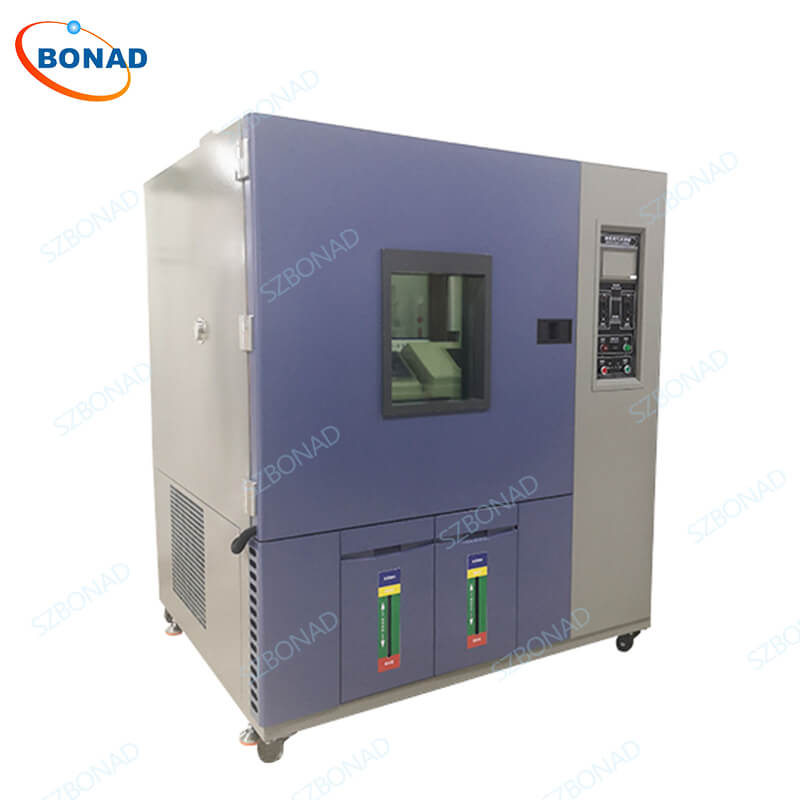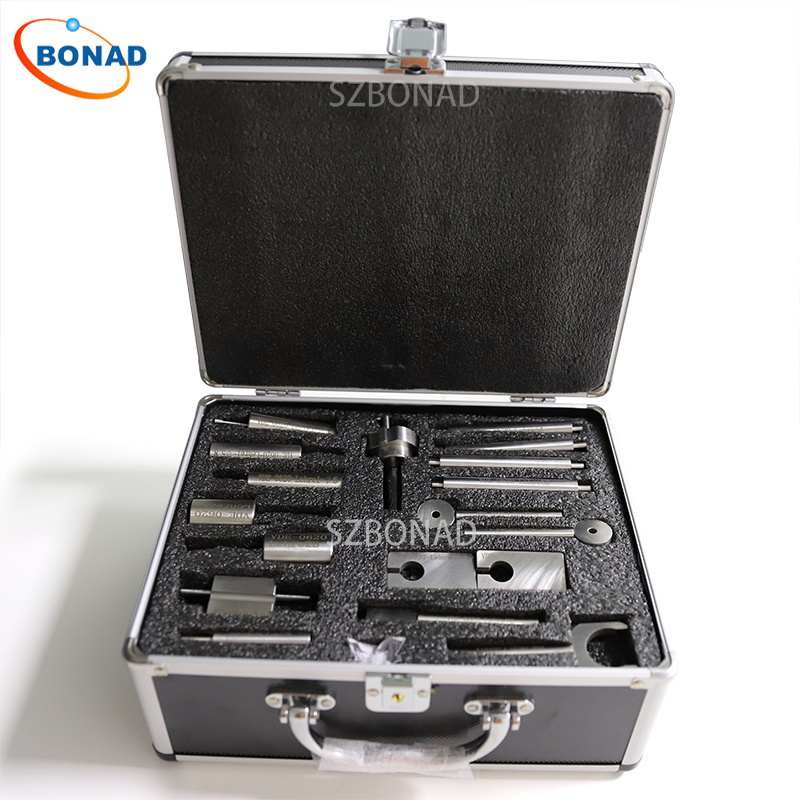What is an Ozone Test Chamber?
An ozone test chamber is a specialized environmental simulation device designed to evaluate the effects of ozone exposure on materials like rubber, plastics, textiles, and electronics. Ozone (O₃), a highly reactive gas in the atmosphere, causes cracking, discoloration, and structural weakening in rubber products over time. Industries such as automotive (tires, seals), aerospace, and electronics rely on these chambers to predict product lifespan and ensure quality under real-world conditions.

How Does an Ozone Test Chamber Work?
- Controlled Environment: Samples are placed in a corrosion-resistant chamber.
- Ozone Exposure: Precise ozone concentrations are introduced (typically 25–200 ppb).
- Real-Time Monitoring: Sensors maintain constant ozone levels, temperature (40–60°C), and humidity (40–65% RH).
- Accelerated Testing: Simulates years of ozone damage in hours/days.
Critical Tensile Rate Requirements for Rubber Testing
When testing rubber, the tensile rate (stretching speed) must adhere to strict standards:
- Consistency: Maintain uniform speed to ensure identical stress across all samples.
- Precision: Calibrate to ±2% deviation for reliable, repeatable data.
- Speed Compliance: Follow ASTM D1149/ISO 1431 norms (typically 20–40% elongation/min).
- Standardization: Meet regulatory benchmarks (e.g., ASTM, ISO, DIN) for valid certifications.
BONAD: Custom Ozone Testing Solutions
BONAD ozone test chambers offer fully customizable configurations for rubber testing:
- Specifications:
- Ozone Range: 50 ~ 1000 pphm (customizable for high or low concentrations)
- Temperature: 9℃ – 60℃
- Compliance: ASTM D1149, ISO 1431, GB/T 7762
- Customization: Chamber size, multi-sample fixtures, data logging software, and enhanced ozone monitoring.
Why Industries Trust Ozone Chambers
Ozone testing identifies vulnerabilities in rubber formulations before product launches, reducing failure rates and recalls. For example, automotive manufacturers use test data to develop ozone-resistant seals and tires, ensuring safety in high-ozone regions.
Conclusion
Ozone test chambers are indispensable for developing durable rubber products. By replicating ozone-rich environments with precision-controlled tensile rates, manufacturers gain actionable insights to enhance material resilience. BONAD’s adaptable chambers empower industries to meet global standards while innovating faster.


